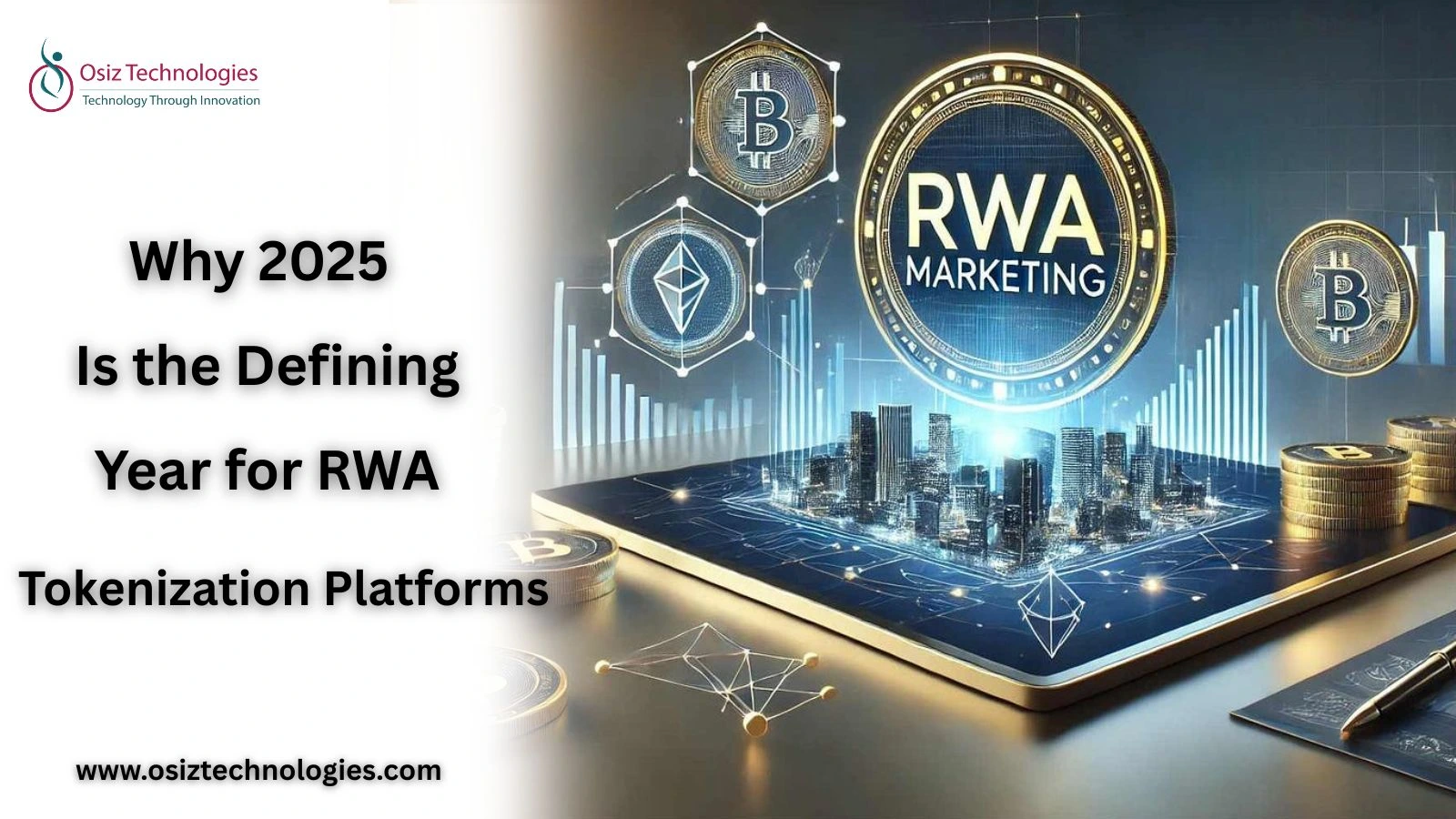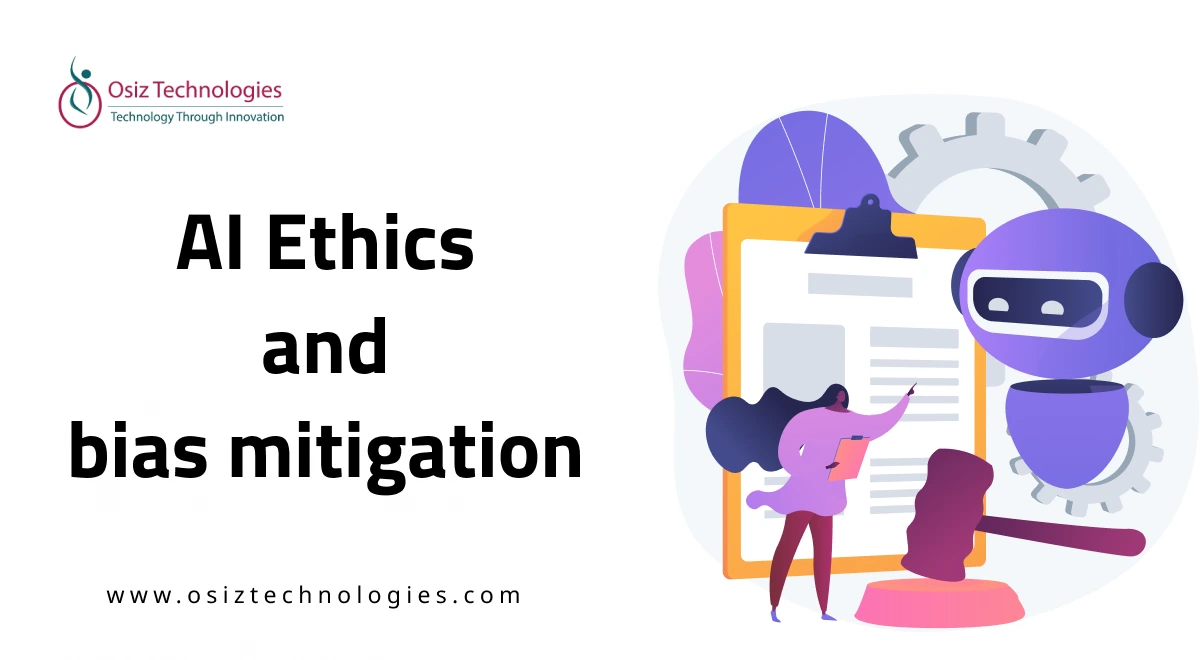We're entering a time where digital and real-world assets are in sync, and RWA tokenization platforms are key. People expect transparency, smooth markets, and open access. The systems are now ready to deliver. 2025 is the year when it all comes together a moment the RWA Tokenization industry has been anticipating.
2025: The Year Everything Clicks for RWAs
Why this year matters more than the previous ones
2025 stands out because the infrastructure is now in place to support tokenized assets as intended. Investors are now actively involved, as the market gains predictability and structure. This change supports the move to bring real-world value to on-chain assets.
The shift that’s pushing real-world assets on-chain
With traditional markets feeling strained, people want stability and clarity, leading to more value being put into RWA tokens. The physical and digital assets integration is now real. Platforms with built-in compliance are showing their value. This setup is what made 2025 possible.
The Build-Up: What Happened Before 2025?
Early experiments
Before 2025, people saw a lot of experiments with Real-World Asset Tokenization. Tried tokenizing everything from invoices to pieces of real estate. These tests showed the potential, even though not many people were using the tech. The tests also taught the business what people care about: being able to see what's going on, easy access, and the ability to buy or sell quickly. These lessons paved the way for the gradual acceptance that came later.
Slow adoption
Acceptance was slow because big institutions were waiting for rules and better tech before committing to RWA platforms. People were watching closely, wondering if these models could keep their value or handle market crashes. This careful attitude created the pressure that eventually led to a breakthrough.
Why the momentum finally reached the tipping point
The mix of improved tech, solid models, and clearer legal rules finally made investors and developers feel confident. RWA crypto went from being an option to a must-have for spreading investments. This created a smooth entrance into the specific shifts that happened in 2025.
What Changed in 2025?
Market conditions
In 2025, we saw high interest rates and shaky global markets. People wanted assets that held real value, making tokenized T-bills and other RWAs very appealing. Investors viewed RWAs as a safe link between traditional finance and digital systems. These market changes set the stage for tech to catch up.
Technology maturity
Blockchain got more scalable, smart contract audits got better, and custody solutions improved. This made it easy to create, trade, and manage tokenized assets. Mistakes went down, settlements got faster, and integration with big company systems became easier. With this base, 2025 got another lift from regulatory clarity, which everyone had been waiting for.
Regulatory clarity
Governments and financial institutions established clear guidelines for real-world asset tokenization, setting standards for platforms to adhere to. This clarity reduced risk for institutions and attracted previously hesitant long-term investors. As a result, demand increased.
Rising demand for real-world backed tokens
People started moving toward assets backed by real-world value, like real estate, treasuries, and commodities, mainly because crypto became unpredictable. This growing demand turned RWA tokenization platforms into a safer way to invest digitally. As demand rose, investor feelings changed a lot.
Why Investors Are Suddenly Interested in RWA Tokens
RWAs offer stability in digital finance since they're linked to real-world economics. This link gives a reliable foundation, mainly when the crypto market gets shaky.
Tokenized assets like T-bills and invoice financing give clear return models. This appeals to investors wanting steady income instead of ups and downs.
Fractional ownership lets people get into things like real estate without needing lots of money. This makes wealth-building easier than before.
RWAs give exposure to real assets instead of risky tokens. This pushes for balanced portfolios and draws institutions to grounded digital assets.
How Businesses and Institutions Are Reacting in 2025
A large manufacturer is moving their asset management to an RWA tokenization system. Now, the finance group can track assets on the blockchain, get fast access to funds, and lower costs instead of dealing with slow paperwork and messy ownership records. After months of easier processes, the company is reporting better efficiency, which is getting attention from others in their field.
Banks are paying attention. Seeing companies get faster and more liquid, a big global bank is starting an internal test to tokenize deposits, company bonds, and secured loans. Their aim is to stay competitive as programmable finance becomes the norm. The test works, showing they can provide quicker settlements and more secure custody. The results are getting the attention of national regulators, who are asking how these systems can grow past banks.
Soon, governments will get involved. A finance ministry in a big economy says they will test tokenized government bonds. Settlement times go from days to minutes, and there's more clarity throughout the entire process. With less manual tasks and stronger trust, the government is growing the test, starting talks around the world about tokenization at a national level.
What started as a basic corporate upgrade is turning into a transformation that is bringing banks, governments, and whole financial systems into the future of tokenized assets.
The Big Challenges That 2025 Is Finally Solving
Trust issues
Institutional custody, clear audits, and regulated real-world asset setups are helping people believe that their tokens represent real, verified assets. This renewed trust is addressing doubts and helps close compliance gaps.
Compliance gaps
With standard rules, platforms can match their global operations with consistent identity and anti-money laundering checks, which makes real-world asset tokenization safer. This reduces the problems that have slowed down adoption by institutions.
Liquidity limitations
Improved DEX aggregators, market-making setups, and institutional pools are increasing liquidity for tokenized assets on many chains. This makes it easier to get in and out, so real-world assets feel as liquid as normal digital investments.
Asset verification pain points
Multiple layers of oracles, auditors, and on-chain proofs now confirm real-world data with better accuracy. This verification removes the last big doubt for large-scale involvement. With these problems taken care of, 2025 could be the year when things really take off.
Final Thoughts: Why 2025 Will Be Remembered As the Turning Point
Before 2025, RWA tokenization platforms seemed like experiments—disorganized and lacking structure. After 2025, the industry is expected to become organized, regulated, and widely accepted by institutions and governments. What does this shift mean for the future?
RWAs could become the core of digital finance, with trillions of dollars in assets potentially moving on-chain. Mainstream investors may soon treat tokenized products as standard financial instruments, marking 2025 as the turning point toward universal digital ownership.
As asset tokenization expands, Osiz Technologies, a leading Token Development Company, is emerging as a key force in scaling the market. We deliver enterprise-grade RWA platforms, strong infrastructure meeting institutional requirements, and solutions aligned with compliance standards. This enables businesses, banks, and governments to enter the tokenization ecosystem with confidence. As RWAs evolve into a standard foundation of modern finance, Osiz helps transform tokenization concepts into successful real-world implementations.
Listen To The Article
Recent Blogs

Black Friday 30%
Offer











